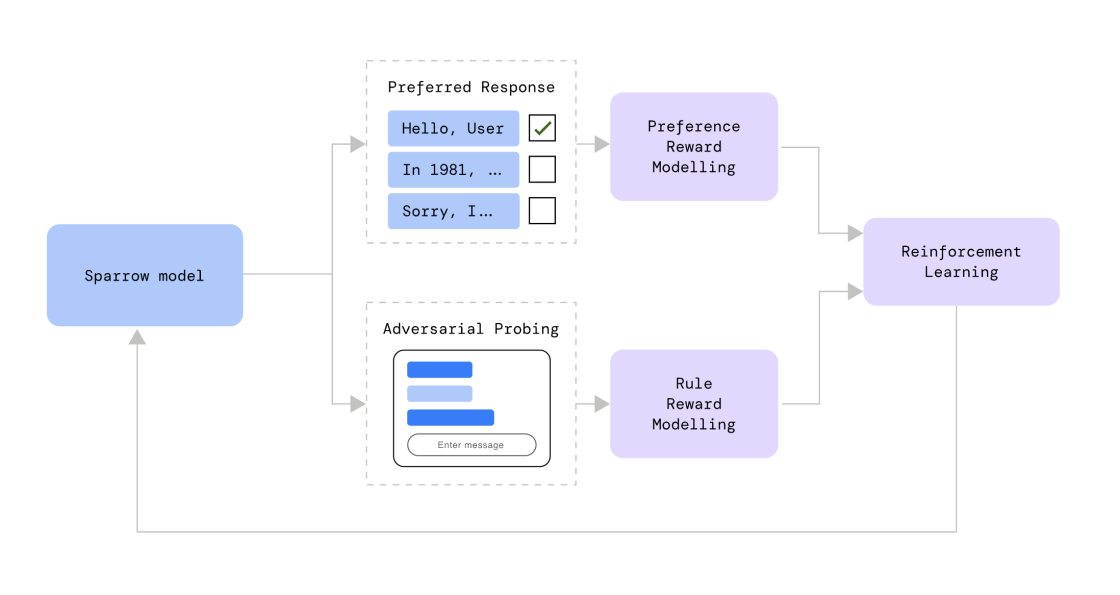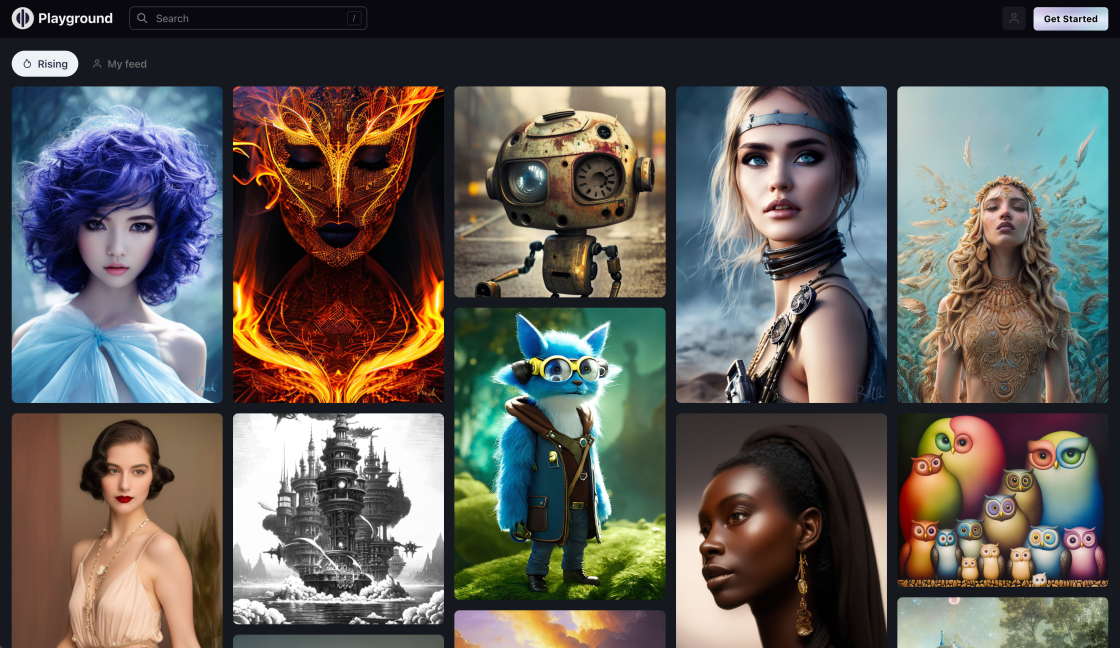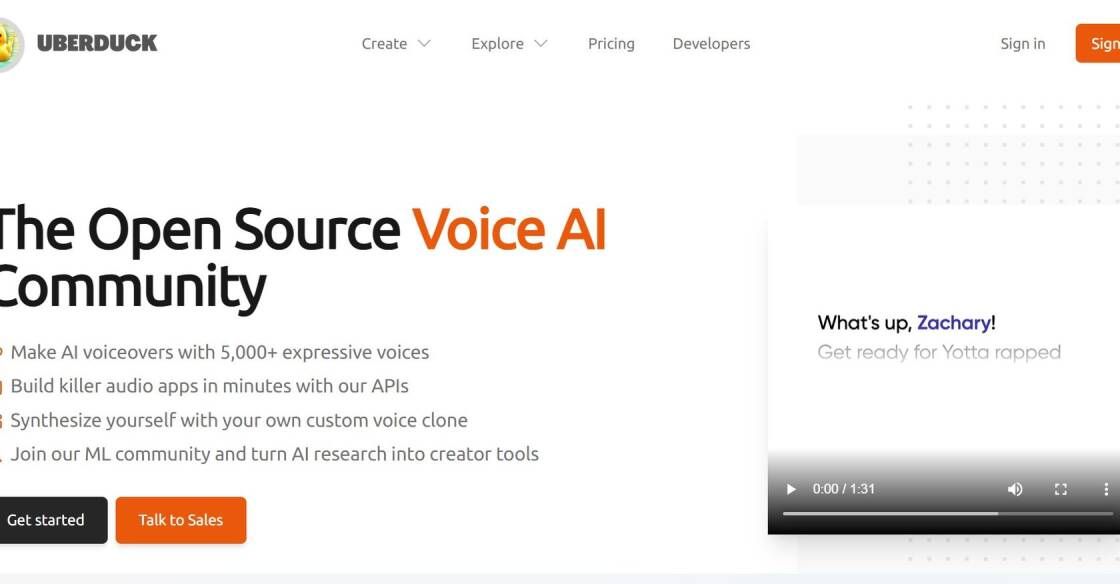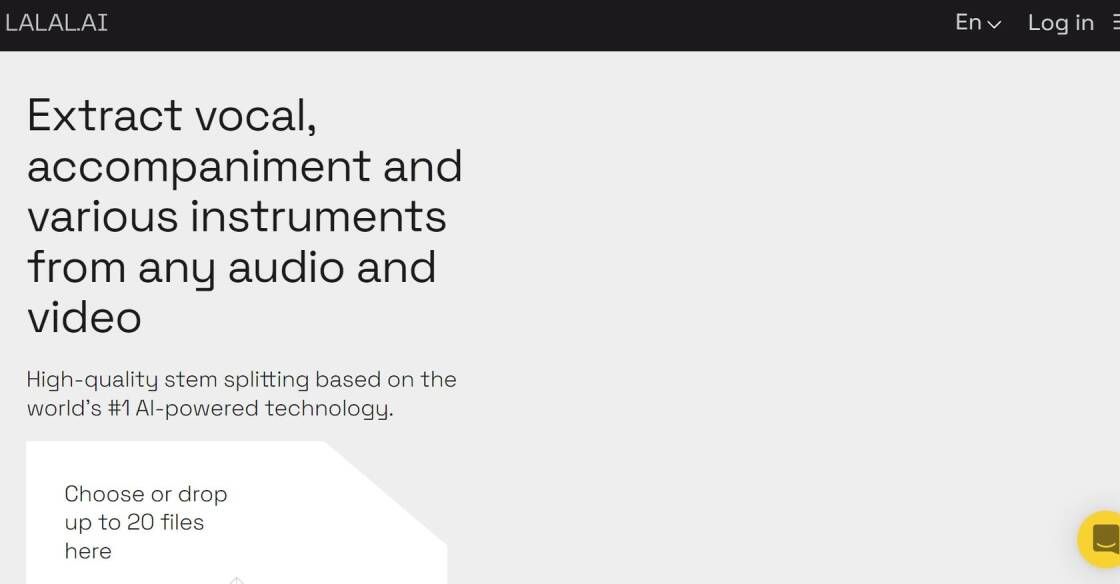

Cosmos Extension aims to add full support of MetaMask, a highly popular Ethereum wallet, to all Cosmos SDK blockchains, potentially opening the door to over 30 million Ethereum users and stimulating growth for every project in the Cosmos ecosystem.
Merge Blueprint is a breakthrough AI-powered tool designed to streamline API integration development. By assessing an application programming interface's (API) structure, it translates these structures into consistent data schemas used in Unified APIs. With Merge Blueprint, anyone can contribute to Merge's Unified APIs, thereby accelerating the speed of integration development. This innovative solution is poised to transform the way developers approach API integration, making it easier and more efficient for all involved.
Terraform CLI is a well-known command-line tool that offers a safe and efficient way of building, changing, and versioning infrastructure. It is an open-source infrastructure as code software that allows users to define and manage their infrastructure in a declarative configuration language. With Terraform CLI, developers can easily spin up new resources, modify existing ones, and manage the complete lifecycle of their infrastructure, all from a single command line interface. This tool is widely used by DevOps teams to automate infrastructure deployments and ensure consistent and reliable infrastructure across different environments.
Reactide is a powerful desktop application that revolutionizes the development of React components. With its remarkable live previewing options, developers can now streamline their workflow and achieve greater efficiency in building high-quality components. This platform offers a comprehensive set of tools and features that allow users to create and test React components effortlessly. Reactide is an excellent choice for developers seeking to improve their productivity and enhance the development process. Its intuitive interface and robust functionality make it a must-have tool for any modern developer working with React.
Advanced REST Client is an open source, cross-platform API development platform that provides developers with a comprehensive set of tools to build and debug RESTful APIs. It enables developers to easily create, test, and debug HTTP requests and responses, making the process of building APIs more efficient and streamlined. With its user-friendly interface and rich feature set, Advanced REST Client is a powerful tool that can help developers create high-quality APIs that meet the needs of modern web applications. Whether you are a seasoned developer or just getting started, this platform is an essential tool for any API development project.
OpenAI GPT-3 C#/.NET SDK is a powerful tool for developers and data scientists to easily access the OpenAI GPT-3 API. It provides an intuitive interface and simple integration with existing C#/.NET applications. In addition, it supports a variety of features such as auto-completion, natural language processing, text summarization, and more. With OpenAI GPT-3 C#/.NET SDK, developers can quickly develop AI-powered applications, allowing them to take advantage of the power of machine learning and artificial intelligence.

Magic Write By Canva
The AI Powered Writing Tool

Alien Genesys
AI Powered DNA Analysis

Deepmind Sparrow AI
[2209.14375] Improving alignment of dialogue agents via targeted human judgements

GLIDE By OpenAI
Interactive Exploration of Large Language Models

PlaygroundAI
A free-to-use online AI image creator

Uberduck
Uberduck | Text-to-speech, voice automation, synthetic media

LALAL.AI
LALAL.AI: 100% AI-Powered Vocal and Instrumental Tracks Remover

Keeper Tax
Keeper - Taxes made magical
Swagger is an innovative and cutting-edge open-source framework that has revolutionized the development of RESTful APIs. It provides developers with powerful tools for building robust, scalable, and interoperable APIs that are both easy to use and maintain over time. With Swagger, developers can create interactive API documentation and streamline the process of building and testing web services. The framework is designed to be agile, flexible, and user-friendly, making it an ideal choice for teams of all sizes and skill levels. Swagger's intuitive interface and comprehensive set of features allow developers to quickly and easily create high-quality APIs that meet the needs of their users. Whether you're a seasoned developer or just starting out, Swagger provides the tools and resources you need to build world-class RESTful APIs that deliver results. So why not give it a try today and see how Swagger can help you take your API development to the next level?
Swagger is an open source framework for developing RESTful APIs that offers tools for creating interactive API documentation.
A RESTful API is a type of web service that uses HTTP requests to access and manipulate data. It is based on the principles of Representational State Transfer (REST).
Swagger provides a range of tools and features that help developers streamline the API development process, including automated documentation generation, code generation, and testing tools.
Swagger uses a combination of JSON or YAML files to define the API's structure and metadata. These files can then be used to automatically generate interactive documentation using Swagger UI or other tools.
Yes, Swagger can be used with any programming language that supports RESTful API development.
No, Swagger is an open source project that is freely available for anyone to use and contribute to.
Swagger provides a range of security options, including authentication and authorization mechanisms, SSL/TLS encryption, and rate limiting.
Swagger was originally developed as an open source framework for developing RESTful APIs, while OpenAPI is a specification for describing RESTful APIs in a machine-readable format. However, Swagger has now been rebranded as the OpenAPI specification.
Swagger is highly regarded for its ease of use, flexibility, and extensive set of features. It is also one of the most widely used API development frameworks, alongside other popular options such as Express.js and Flask.
To get started with Swagger, you can download the framework from the official website and follow the documentation and tutorials to learn how to use its various features and tools.
| Framework Name | Description | Main Features | Supported Languages | License |
|---|---|---|---|---|
| OpenAPI (formerly known as Swagger) | An open source framework for developing RESTful APIs, offering tools for creating interactive API documentation. | Code generation, interactive documentation, testing, mocking, and more. | Java, .NET, Node.js, PHP, Python, Ruby, Scala, and more. | Apache 2.0 |
| RAML | A YAML-based language for describing RESTful APIs, focusing on ease of use and practicality. | Easy to read and write, reusable fragments, mocking, and more. | Java, JavaScript, .NET, PHP, Python, Ruby, and more. | Apache 2.0 |
| API Blueprint | A Markdown-based language for describing RESTful APIs, emphasizing simplicity and flexibility. | Human-readable, automatic documentation generation, testing, and more. | JavaScript, Ruby, Python, and more. | MIT |
| Postman | A collaboration platform for API development, with a focus on testing, documentation, and sharing. | API testing, automated testing, documentation, monitoring, and more. | JavaScript, Node.js, Python, Go, Ruby, and more. | Proprietary |
| Insomnia | A cross-platform desktop application for API development, with a focus on ease of use and collaboration. | Code generation, code snippets, request chaining, and more. | JavaScript, Node.js, Python, Ruby, and more. | MIT |
Swagger is an open-source framework that allows developers to create RESTful APIs easily. It provides a set of tools for developing, documenting, and testing APIs. Swagger is available in various programming languages like Java, Python, Ruby, and Node.js. It is widely used by developers worldwide due to its simplicity and ease of use.
One of the main advantages of using Swagger is that it simplifies the process of API documentation. With Swagger, developers can create interactive API documentation that includes details about endpoints, parameters, and response codes. This documentation can be accessed by other developers, making it easier to understand how to use the API.
Another benefit of Swagger is that it provides a rich set of tools for testing APIs. Developers can use Swagger UI to test their APIs manually. Swagger also supports automated testing using tools like Postman or Newman. This helps developers ensure that their APIs are functioning correctly and returning the expected results.
Swagger also supports code generation, which makes it easier for developers to create client libraries for their APIs. Swagger Codegen generates client libraries in various programming languages automatically. This saves developers time and effort, as they don't have to write code from scratch.
Finally, Swagger integrates well with other tools commonly used by developers, such as Git and Jenkins. This makes it easier to incorporate Swagger into existing development workflows.
In summary, Swagger is a powerful and popular framework for developing RESTful APIs. Its ease of use, powerful toolset, and extensive documentation make it a go-to choice for developers worldwide. If you're developing RESTful APIs, you should definitely consider using Swagger to simplify your workflow and improve your productivity.
TOP